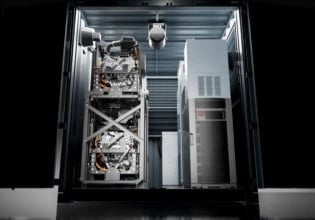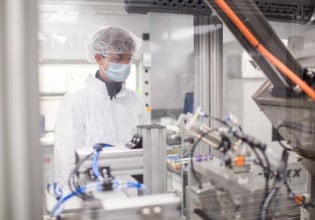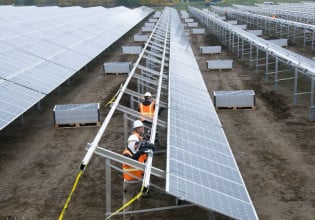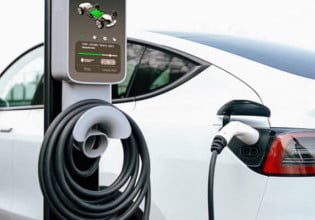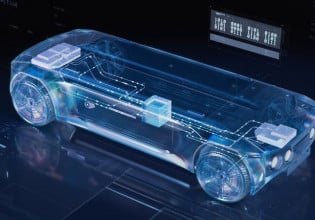Researchers Develop an Electrode Material for Potential Use in Electric Vehicles
Researchers from China use a composite of black phosphorus and graphite to create an anode material for more stable, efficient, fast charging lithium-ion batteries.
The trend in positive sales of electric vehicles (EVs) remains positive when looking at 2020 trends and looks to be on the up still. September figures from the Society of Motor Manufacturers and Traders (SMMT) saw an increase in pure-electric registrations (of 184%) compared to last year. Registrations of plug-in models including plug-in hybrids (PHEVs) also grew by 139%.
Although the market for EVs appears to be doing well, certain drawbacks remain that prevent larger-scale market adoption. Challenges surrounding powering EVs include charging time and run time of charged vehicles. Recent research by the University of Science and Technology of China (USTC) has developed a composite electrode material made from black phosphorus and graphite that may provide a solution.
Black phosphorus and graphite composite material create a stable structure and enable a higher lithium-ion storage capacity. Image used courtesy of Dong Yihan, Shi Qianhui, and Liang Yan.
The Composite Electrode Material
The researchers from USTC were looking for a way to generate an electrode material that allows for a high-capacity lithium-ion battery that charges quickly and operates efficiently over long cycle life.
"We aim to search for an electrode material that can make a dent in performance metrics from laboratory research and can hold the promise to stand with the industrial production techniques and requirements”, said JI Hengxing, professor at USTC of the Chinese Academy of Sciences (CAS) in a recent news release.
Black phosphorus is an allotrope or another structural form of phosphorus that manifests itself as a sheet-like structure similar to graphite. Bonds between atoms of black phosphorus are firmly connected and form a layered structure. This structure allows for higher ion mobility. Properties like this drew researchers at USTC to explore the material in their study as it could enable fast charging of batteries. Despite the positive property of higher ion mobility, black phosphorus can deform along its layered edges, making lithium-ion transfer very inefficient.
To solve this issue, the USTC researchers decided to combine black phosphorus with graphite. Bonds formed between these two materials allow for a more stabilized structure and aid the prevention of edge deformation. The research team also solved another problem, which involves the breakdown of electrolytes that builds up on the electrode surface. This causes the process of lithium-ion transfer to become less efficient. The researchers strengthened lithium-ion transport by applying a thin polymer gel coating to the electrode materials.
Image 2 - JI Hengxing, a researcher from USTC. Image used courtesy of the University of Science and Technology of China
In the same news release, professor of the Institute of Chemistry of CAS and co-first author of the study, XIN Sen said that "the composite anode material restored 80% of its full capacity in less than 10 minutes and shows a 2,000-cycle operation life at room temperature, which was measured at conditions compatible with the industrial fabrication processes."
Sen added, "If scalable production can be achieved, this material may provide an alternative, updated graphite anode, and move us toward a Lithium-ion battery with an energy density of more than 350 watts-hour per kilogram and fast-charging capability. Successful projection of the above parameters onto the electric vehicle will significantly raise its competitiveness against the fuel cars."
The 350 watt-hours per kilogram mentioned by Sen describes the capacity of the battery. This kind of battery could enable an electric vehicle to run for 600 miles with a single charge. For comparison, the Tesla Model S, can travel 400 miles on one charge.




